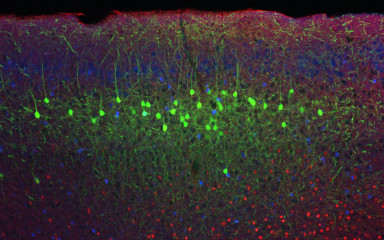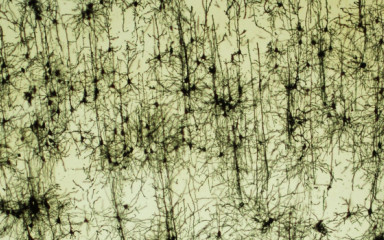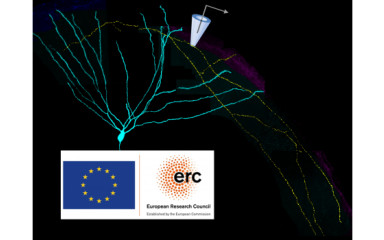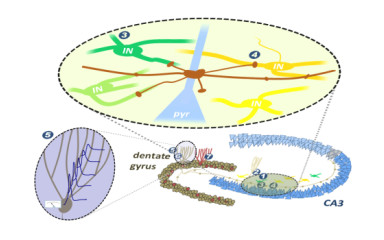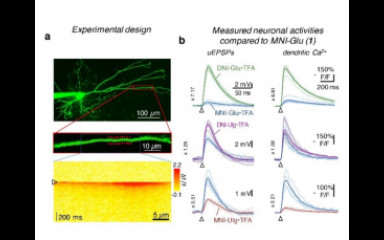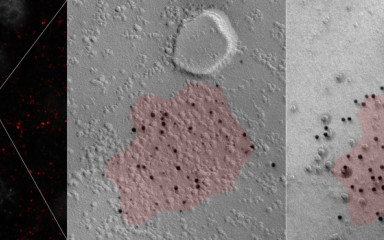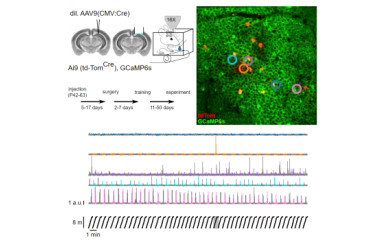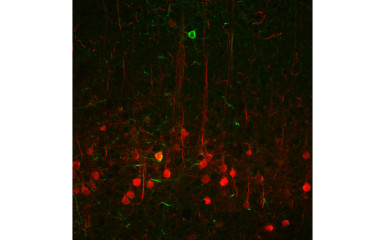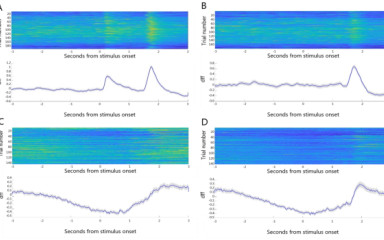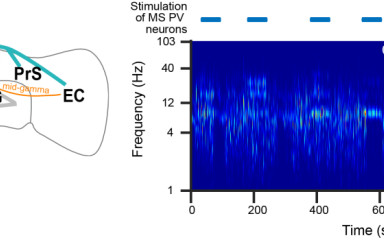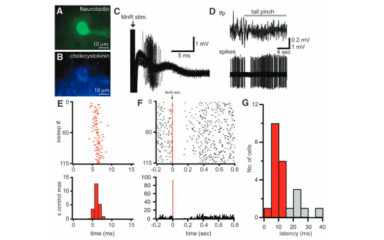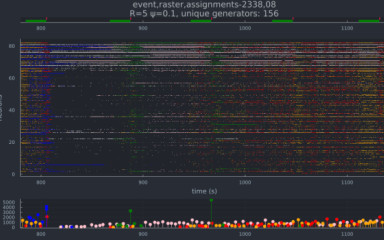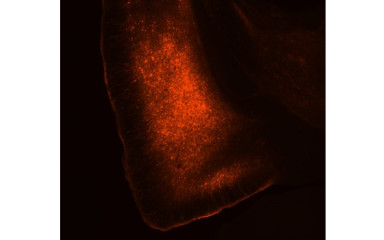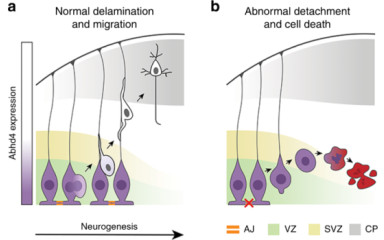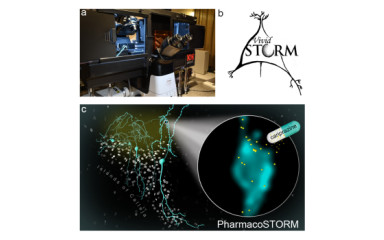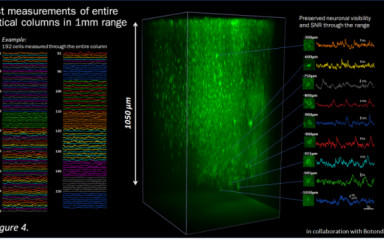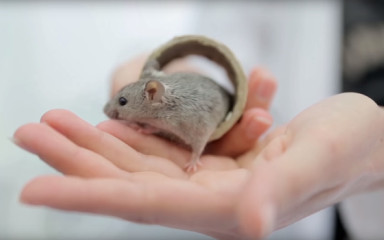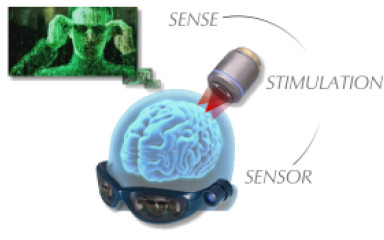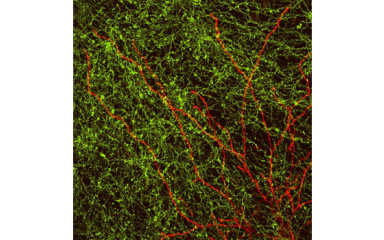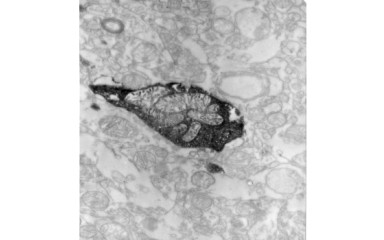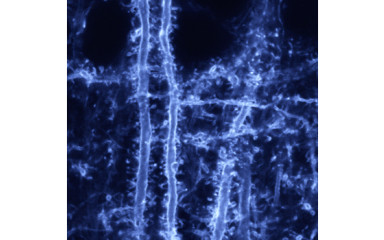Neuronal bases of cognitive and memory functions and dysfunctions
The neural network of cortical areas plays a key role in learning and cognitive processes. To understand the functioning of the network, it is essential to understand the interrelationships between the many types of excitatory and inhibitory neurons that make up the network and the interactions between them, as well as the function and role of their compartments (dendritic and axon spines, synapses) that play different roles in information transmission, processing and storage during intercellular communication. However, the functioning of cortical networks is also influenced by information from subcortical areas, such as the basal forebrain, thalamus and brainstem, reflecting internal states of alertness and emotion, as a function of stimuli from the outside world and previous experiences.
Recent technical breakthroughs, including cell-specific subcellular-level activity monitoring and manipulation tools, that can be applied in the living brain and ex vivo, as well as modern high-spatial and temporal resolution microscopy techniques, open the possibility to explore these processes in depth.
Our institute has a unique, internationally outstanding synergistic knowledge, expertise and technical repertoire for cutting-edge research on memory processes; the research groups involved in the implementation of this concept have made pioneering discoveries in the targeted research areas in recent years, and their international competitiveness is demonstrated by the 5 ERC grants they have been awarded.






